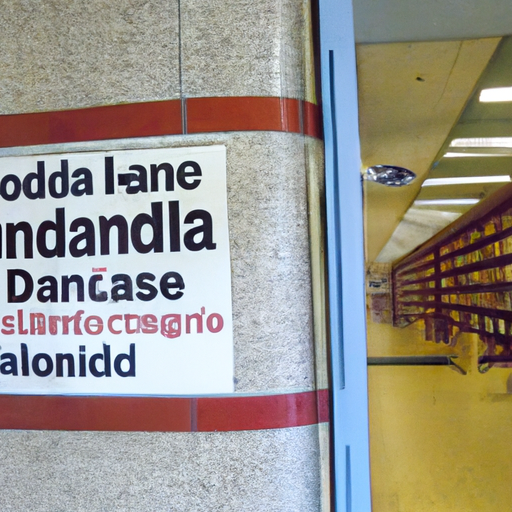An In-depth View into Toronto’s Approaches to the Opioid Crisis
The Unseen Battle: Opioids and Toronto’s Homeless Communities
First, let’s start with the bare facts: the ongoing Opioid Crisis in Canada is far from over. This pervasive issue continues to lurk within our communities, demonstrating its devastating effects to the very fabric of our society. It’s been widely reported that this crisis is no discriminator— impacting those from all demographics. However, one demographic is feeling the brunt of this crisis more than any other: the homeless community.
The Ripple Effect
Within this community, opioid misuse not only fuels the cycle of homelessness but also exacerbates the underlying challenges that these individuals face. While homelessness and opioid misuse might seem like parallel issues, they intersect at various points, creating a vicious cycle that is proving challenging to break.
Infrastructure and Its Wolf in Sheep’s Clothing
The city of Toronto has been active in implementing numerous measures to ameliorate this situation. Public facilities such as libraries are being utilized to serve dual purposes— not only as centers for education and community services but also as de facto shelter for the homeless. However, this presents us with a double-edged sword situation.
The Dangers of Unintentional Enabling
While providing a haven for the homeless is in itself a humanitarian act, it can unwittingly perpetuate the problem of opioid misuse. Libraries, often without onsite security, provide unmonitored areas where opioid usage can continue unspoken and unnoticed. It’s a challenging reality to acknowledge, but one that must be faced with acknowledgment and action to truly tackle the opioid crisis.
Vigilance and Action
Fortunately, the Toronto city administration and local NGOs are not blind to this reality and have been proactive in their approach. Both relief and preventive measures are being put in place to stem the tide of this crisis.
Breaking Down the Battles
To better understand these efforts, let’s break down some key points:
- Toronto is currently involved in the opioid class action lawsuit against major pharmaceutical companies insisting accountability for their role in the opioid epidemic.
- The city has seen an increase in the availability and distribution of naloxone kits. Naloxone is a life-saving medication that can quickly restore the breathing of a person following an opioid overdose.
- The city has also established more supervised consumption services and overdose prevention sites.
- Community-based programs working on the ground with at-risk populations have increased in number with a focus on intervention, counselling, and treatment.
Final Thoughts
It’s clear that the opioid crisis is a multifaceted issue that demands targeted action on multiple fronts. By understanding the link between public spaces, homelessness, and opioid misuse, we shed light on the unseen aspects of this crisis that are often overlooked.
While Toronto’s current approaches— notably the opioid class action lawsuit, the distribution of naloxone, and more supervised consumption services— are a step in the right direction, more needs to be done. We must continue to explore innovative solutions that strike at the root of the problem, cohesively addressing not just opioid misuse but also the systemic disparities that affect our most vulnerable communities.
As we close this discussion, the challenge to us all remains— let’s keep the conversation going, continue to challenge stigmas and, most importantly, act to provide a more inclusive, supportive, and safer environment for everyone affected by the opioid crisis.
